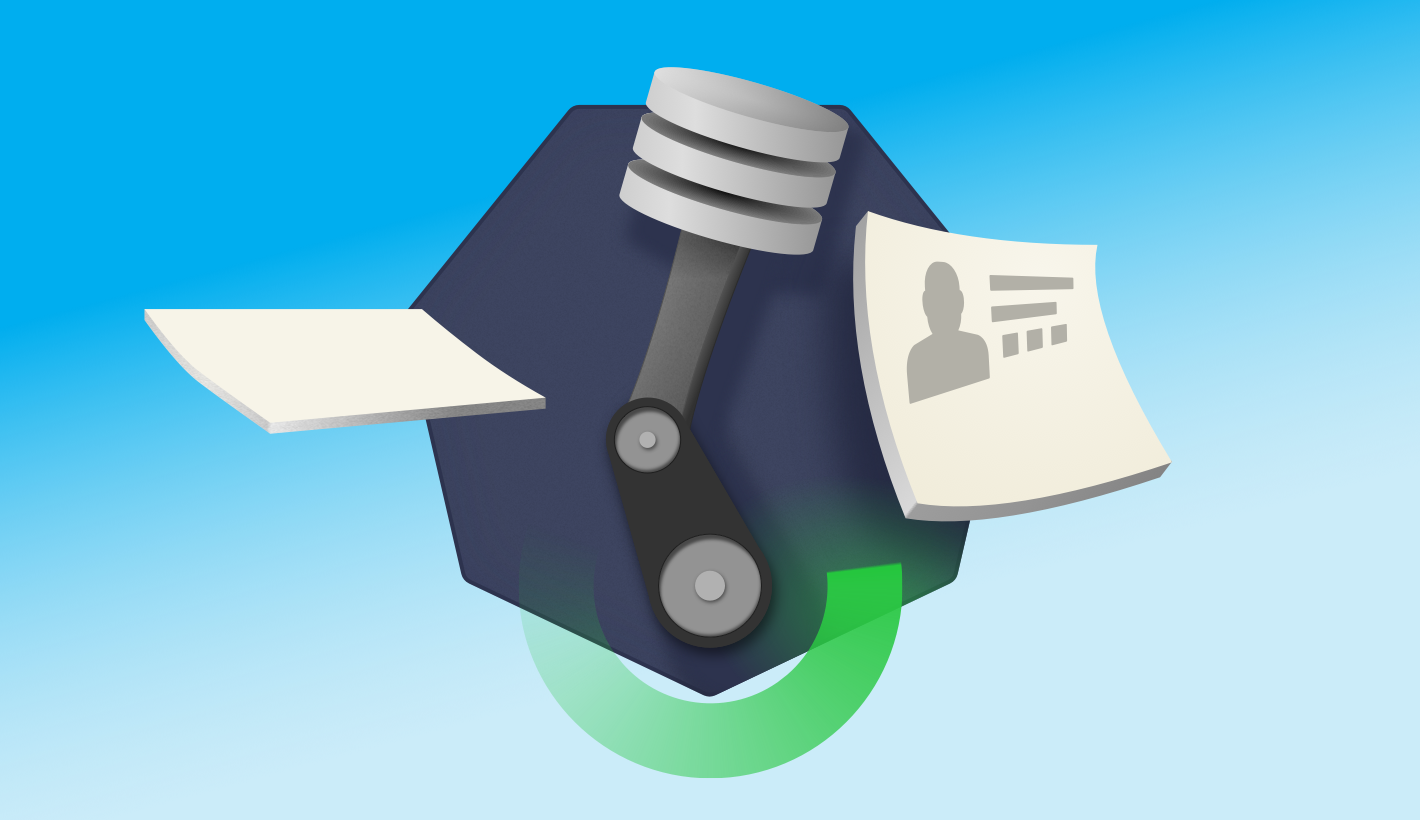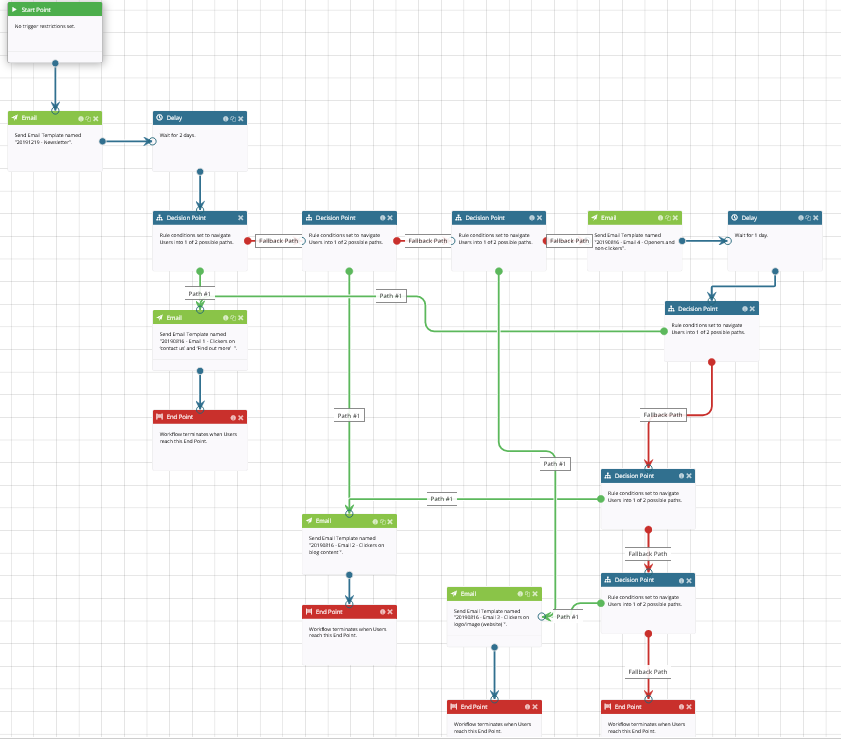So, you’ve built up a substantial mailing list from newsletter signups or customers, and you regularly send out your emails to them. Job done? Not even close. The next step is to evaluate if you are maximising the full potential of your database, and if not, consider factoring this into your future email marketing strategies.
Ensure your database is clean
There are a few things to consider in ensuring your data is clean. You’ll want to whip your database into shape before setting your sights on any further marketing escapades. One place to start is that people can make mistakes when manually entering email addresses, so you can run a process on the data to clean up any typos. This can bring back a good 0.5%-1% of lost data, so a worthy exercise.
On the flipside, you also want to run good hygiene processes on your data. That includes steps such as the removal of bounces and those that are not engaging. The temptation is to always send to as many people as possible to maximise your reach in an email campaign. This however can actually harm your prospects by sending to unengaged people. This lowers your sender reputation scores and makes it harder to deliver to the inbox. You can improve your sender reputation by getting higher open rates and lower complaints. Thus by removing people that aren’t engaging, you should actually be reaching more relevant people.
To future proof your data you may also want to consider how your data is being collected. It’s particularly important to avoid fake sign ups from online form signups and the nuisance that is spambots. Being awash with fake addresses in your data will also contribute to poor sender scores as these will complain if real, or diminish your open rates. In this case prevention is the best cure. You can find out here ways to combat the issue of spambots.
Analyse your customer profiles
You will want to analyse what information you have about your users to work out effective ways to target them in relevant and meaningful ways. This can be personal information like date of birth and gender, or their engagement and purchase behaviour. One approach could be automated emails that will take your users on journeys based upon their own behaviour. There is a fine line to walk though to ensure you don’t seem too intrusive. Nobody wants to feel is if they are being spied upon. Here are a few triggered programmes to provide food for thought:
1. Welcome emails – consider a series of emails when somebody first joins your database rather than just a basic welcome as this is when they will likely be at their most receptive and you should look to establish your brand and their loyalty early on.
2. Birthday emails – if you have a date of birth, or even just month of birth you can send a personalised message to your users to make them feel special. Maybe you could even throw in a small gift!
3. Top customers – sending personalised emails to your top customers is an excellent way to show how much you appreciate them.
4. Lapsed customers – sending personalised and incentivised emails to people that haven’t engaged with your brand for a given period could also encourage them to return. Give them a reason to take note of your brand again.
5. Replenishment emails – if you know your users have bought certain products you can send them reminder emails after a set amount of time. Perhaps low product stock will encourage a new purchase.
6. Feedback – why not ask your users for feedback? This both gives them a voice and also provides valuable insight into ways to improve your communication.
There are undoubtedly plenty more ways you can target your database depending on what you have available. You may wish to run targeted campaigns based upon preferences people have shown. That might be specific product types purchased if you are a retailer. The main thing is you want to find ways to make them feel special and appreciated in a non-intrusive way.
Find ways to gain more information
You might find yourself in the situation where you only collected basic information about your users at the start, such as email and name. But that doesn’t mean you can’t find creative ways to enhance your database. For example, you can run competitions which require people to enter just a few more details about themselves. Or as mentioned before, set up loyalty schemes like birthday gifts and encourage people to sign up for those. You can also set up preference centres which let people set the type of communications they want which again gives them more control and can often help with retention and better targeted emails.
Storage and Integration
Triggering programmes such as these can be done in several ways. If you have total control of your own database then our platform, for example, has a comprehensive API library that can let you trigger any journeys with ease. If you maybe do not have the technical set up, or don’t have the time, we can facilitate this triggering through tailor made middleware based upon a copy of the pertinent information from your database (especially if you have to consolidate the information from multiple sources like Shopify). You can even utilise a platform such as ours to store your mailing list and extra information (with 18 standard fields like dob and gender, and 30 custom fields) and feed new sign ups directly in using the embedded and pop-up forms. This should then allow the set up of triggers directly within the platform, especially the welcome email real-time.
Our platform has an intuitive automation tool which lets you set up all kinds of journeys for your users based upon their behaviour. You can send them down one path if they do Action A and another for Action B. Based on logical rules like this, you can set up entire programmes. Simply leave them to run after they are triggered.
Every database will be different with its own little quirks. But hopefully this should give some great ideas about how to really get the most of your database and incorporate it into an email marketing strategy. By maximising your data, you can build a better and longer lasting relationship with your users.



